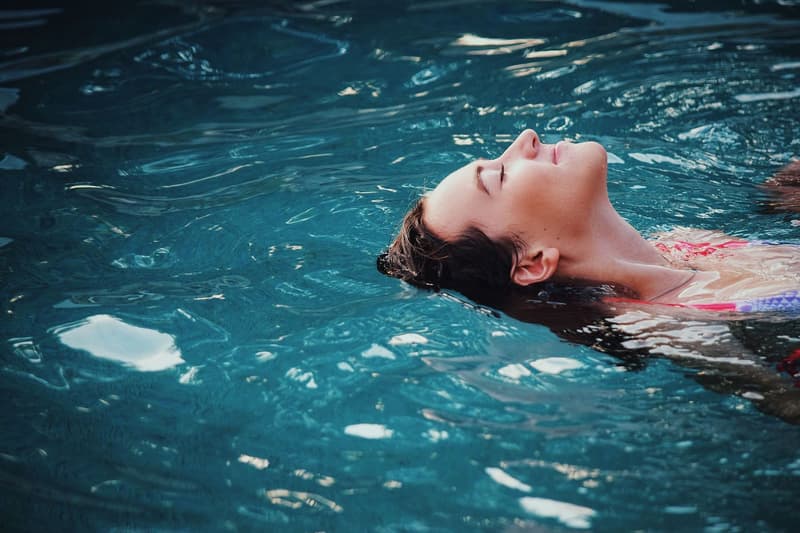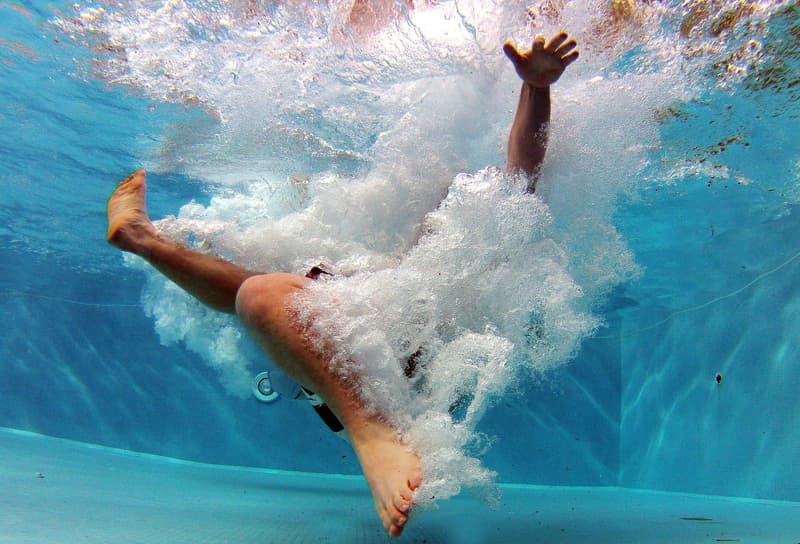Affordable resurfacing
Pool resurfacing and pool remodeling is an often stressful and overwhelming situation with high costs and difficult choices. You don’t want to overspend, and you want some assurance that the money you will spend is going to be worthwhile.
We have the perfect solution to give you a beautiful, resurfaced pool that will last so you are not spending money over and over again to fix the same problem.
The solution is fiberglass! Fiberglass pool resurfacing combines affordability with quality and longevity.
Resurface with fiberglass instead of plaster

Fiberglass with special resins and coatings apply directly to your gunite pool giving you the benefits of a fiberglass surface while maintaining the structure and design of your concrete gunite pool.
Lets compare: fiberglass vs plaster
Startups
Fibergass: Starting your pool is a breeze. The material cures rapidly and doesn’t require continuous brushing.
Plaster: Challenging start-up. Needs thorough preparation and continuous monitoring.
Durability
Fiberglass: Unmatched coating strength, corrosion-resistant, and naturally durable.
Plaster: Prone to disbonding, chipping, rust and stains.
Lifespan
Fiberglass: Coating is expected to last for 30 years
Plaster: Can vary based on several factors, including maintenance, water chemistry, and the type of plaster used, including any pigments. On average, you can expect it to last around 7 to 10 years.
Aesthetic
Fiberglass: The appeal is preserved thanks to its resistance to stains, algae, and rust.
Plaster: Usually reduced because of the likelihood to stain and discolor.
Water Chemistry
Fiberglass: Reduces the need for chemicals. Gel coating is non-reactive and efficient. Prevents algae growth.
Plaster: The surface is more reactive and porous, making it an ideal environment for algae to easily adhere to it.
Roughness
Fiberglass: Gentle to feet, hands, and knuckles.
Plaster: As plaster ages, it becomes rougher.
Cracks
Fiberglass: Resists cracking due to added structural strength.
Plaster: Easily shows cracks if pool has substantial movement.
How does resurfacing with fiberglass work?
Drain the Pool
Pool must be fully drained so the surface of the pool can be properly prepped! The pool must be drained prior to our arrival.
Smooth the Surface
We will sand and smooth out the entire surface of the pool so that we can ensure proper bonding of the material.
Repair Cracks
Many cracks can be easily repaired by filling with bonding materials and applying fiberglass directly to the crack. Sometimes we may use carbon fiber for added strength!
Apply Fiberglass
The entire surface will be covered with several layers of fiberglass and special resins and bonding agents. The more layers we add, the stronger the coatings will be.
Apply Gel Coat
The top coat is a special gel coat that includes paint and gives you a smooth surface and a water-tight seal.
Finally: Buff the Surface
We will sand and buff the surface for a perfectly smooth finish.

Pool renovations are hard, we can make it easy
We offer free on-site consultations. Let’s take a look at your pool and get it back in great shape.
5 Year Limited Warranty
Our limited warranty will cover the fiberglass resurfacing for up to 5 years after the installation is complete. The following are examples of covered warranty issues:
- Gel Coat Spalling: The gel coat is the outer layer of a fiberglass surface that provides a smooth, glossy finish. Spalling occurs when this layer starts to flake off or chip away.
- Roughness or Pitting: When the surface feels bumpy or uneven to the touch, or small holes/indentations appear on the surface.
- Discoloration: Noticeable changes in the color of the fiberglass surface.
- Hairline Cracking: Fine/shallow cracks that appear on the surface of the fiberglass.
- Ability of the Interior of the Finish to Hold Water: The fiberglass surface’s capability to remain watertight and prevent leaks.